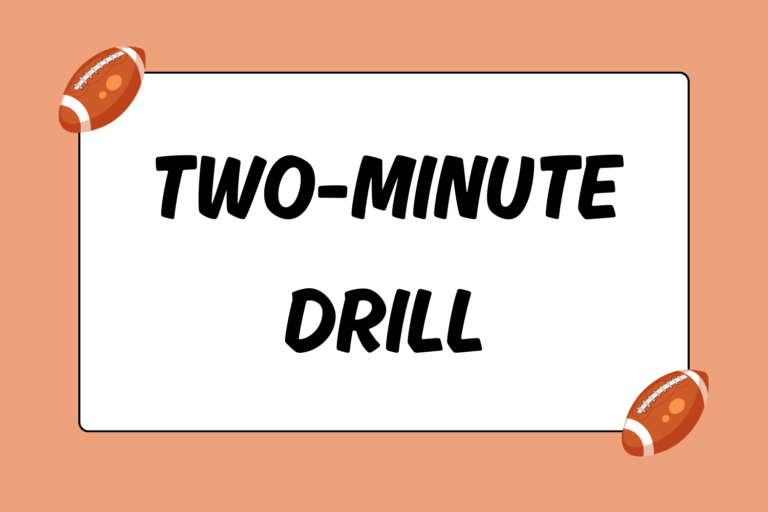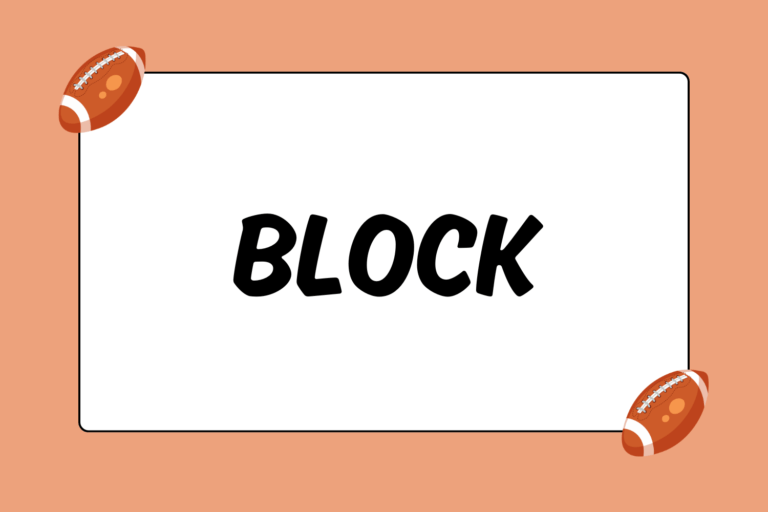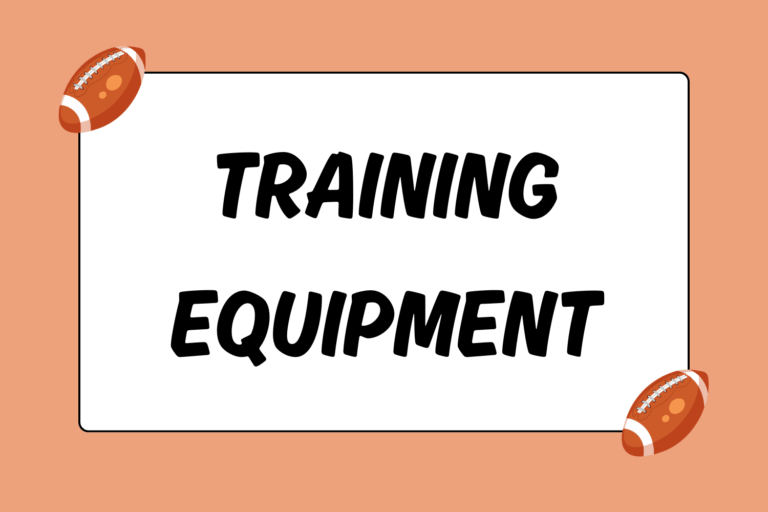In most team sports, football included, there’s usually one position that stands out from the rest as being more vital to a team’s success. This is particularly true regarding the quarterback position in football, and many teams live or die based on the performance of the man behind center. Although it’s not the only important position, it’s universally revered as the game’s most necessary ingredient for a winning team. The following sections outline the most important skills required of a fundamentally-sound quarterback.
Making Passes
The ability to throw a football is often seen as the paramount skill for a quarterback, and with good reason. Since the advent of the forward pass, the action itself has practically become synonymous with the title of quarterback. Here are three important facets of solid passing ability:
- Accuracy: Rarely will a receiver stand completely still as he attempts a catch. Because he is constantly in motion, quarterbacks must be able to accurately pass the ball to a moving target.
- Power: The farther downfield a receiver is, the more time it takes for a pass to reach his hands. At the same time, defenders have more time to catch up to the intended receiver and break up a pass when the ball is in the air for a longer period of time. A powerful throwing arm makes it much easier to accurately and successfully deliver a deep pass.
- Different types of passes: The screen pass requires a soft, lofted pass made while backpedaling. A fade pass requires a ball thrown in front of the receiver, but with enough air under it that the receiver can get to it. A bootleg requires the ball be thrown while on the run. These are only a few types of passes a good QB should be able to make; different plays necessitate a different style of passing.
The ability to throw the ball well is arguably the most important skill for a quarterback, but it’s certainly not the only one required to succeed. Also, each of the three skills listed above are dependent on developing proper throwing mechanics. For more information about the mechanics of throwing a football, be sure to check out our guide, How to Throw a Football.
Making Moves
If quarterbacks were allowed to stand five yards behind the line of scrimmage with the ball in hand before every play, it would make throwing a pass much easier. Since this is not the case, though, there are several position-specific movements that the quarterback is expected to routinely make. Here are some of the more important moves a quarterback should have in his repertoire.
- Taking the snap: Though it may seem like a nonchalant act, not knowing how to receive the snap from the center can easily result in a fumble and turnover. Proper hand placement and ball-transfer timing are crucial when snapping the ball into the quarterback’s hands.
- Moving inside the pocket: Standing in one place when throwing a football is like trying to sprint barefoot across ice — sooner or later, you’re going down hard. By “feeling” the pressure coming and staying mobile inside the pocket, the quarterback can buy time and allow his receivers to get open.
- Moving outside the pocket: Whether it’s by design (like on a bootleg) or by reaction (scrambling to escape a blitz), the quarterback needs to run outside the pocket on occasion. The ability to throw on the run is important, but you also need to be able to break past the line of scrimmage and run downfield with the ball if the play completely breaks down.
- Transferring the ball: Much like taking the snap, handing the ball off to a running back seems like a simple skill. However, one slight miscalculation can result in a turnover.
While being able to run with the football isn’t the most important skill, quarterbacks are becoming increasingly adept at moving with the ball. From option plays to specific quarterback-keep rushing plays, having at least a functional ability to run the ball is quickly becoming an attribute expected of most quarterbacks.
Making Decisions
Developing quick instincts and making snap reactions is part of football. For example, offensive linemen have to quickly pick up blitzing defenders, and running backs have to change course when their running hole gets filled. In much the same way (and to a higher degree), quarterbacks must constantly make evaluations and decisions, both before and during the play. Here are some of the more common types of decisions quarterbacks are expected to make:
Before the Play Starts
Prior to every snap, the quarterback should read The defense, looking for any clues that would indicate the type of coverage being used (if they’re going to blitz, play man-to-man, etc). Depending on what the quarterback sees, he could then call an audible, rearrange the receivers, or call a timeout.
During the Play
Once the play starts, the quarterback has very little time to decide what to do with the ball. On running plays, he simply has to get the ball to the running back. But on a passing play, he has to drop back, evaluate which receiver has the best chance of catching the ball, then throw the ball before the defense can sack him. It doesn’t matter how well a quarterback can throw the ball if he doesn’t know where to throw it. Likewise, he better have tremendous speed if he stalls, because chances are good that the opportunity to make an unobstructed pass is about to disappear.
The “during the play” phase is arguably more important than its predecessor, because the entire decision-making process needs to happen in about five seconds. Similarly, on an option play, the decisions have to be made even sooner. You need to either hand the ball off right away, keep the ball, or pitch it to the running back. The window of time for these decisions is so small, and closes so quickly, that making the right decision almost becomes a matter of instinct.
Tools of the Trade
The skills and abilities outlined above are among those that every quarterback should have, to varying degrees. That being said, it’s important to understand that different types of quarterbacks come with different types of abilities. Some are very efficient at short- and mid-range passing, while others are quite adept at avoiding defenders in the pocket. The key to becoming a good quarterback is to understand what your strengths are, and play to them. The key to becoming a great quarterback is recognizing which parts of your game need improvement, and then building upon them.





